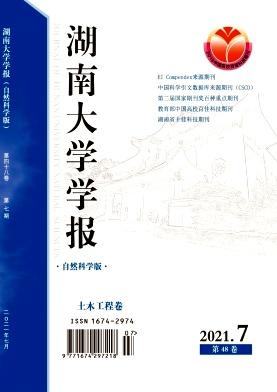Natural Availability of Medicinal Plants Used by the SAD Community in the Bukit Duabelas National Park Area, Indonesia
引用次数: 3
Abstract
This article describes the natural availability of medicinal plants used in the community health behavior of Suku Anak Dalam (SAD) in the Bukit Dua Belas National Park (BDNP) area. The SAD community, also known as the Kubu, Orang Rimba, or Orang Ulu, are a minority (marginal) ethnic group who live in remote areas and have minimal interaction with the outside world and maintain a primitive way of life amidst modernization. This level of availability is important in decision-making in the socio-economic empowerment program of the SAD indigenous community through the commercialization of medicinal plants. The survey research was conducted for 2 months in the Air Hitam District, Sarolangun Regency, Jambi Province. Data were collected through field observation and interviews with sources of information from the leader of the SAD group, usually called Tumenggung. The data analysis method used simple mathematical techniques to identify the determinants of the level of sustainability of the supply of medicinal plants. The research results showed that the types of medicinal plants classified as shrubs had a higher sustainable supply from nature. This group of medicinal plant species also has the opportunity to be cultivated so that it can be integrated with efforts to empower the SAD community both in the area (in-sites) and around the BDNP (ex-sites). The preservation of medicinal plants of the SAD community in the BDNP area is still maintained, except for several types of medicinal plants belonging to certain trees that require conservation efforts through protection and ecosystem enrichment. Based on the supply of medicinal plants, it can be concluded that a particular strategy is needed for each medicinal plant in developing its economic value, which is grouped into conservation and cultivation efforts, both in situ and ex situ.印度尼西亚武吉杜贝拉国家公园地区SAD社区使用的药用植物的自然可利用性
本文描述了武吉杜阿贝拉斯国家公园(BDNP)地区Suku Anak Dalam(SAD)社区卫生行为中使用的药用植物的自然可用性。SAD社区,也称为Kubu、Orang Rimba或Orang Ulu,是一个生活在偏远地区的少数民族(边缘),与外界的互动很少,在现代化中保持着原始的生活方式。这种可用性水平在SAD土著社区通过药用植物商业化的社会经济赋权计划的决策中非常重要。调查研究在占碑省Sarolangun县的Air Hitam区进行了2个月。数据是通过实地观察和采访SAD小组(通常称为图孟贡)领导人的信息来源收集的。数据分析方法使用简单的数学技术来确定药用植物供应可持续性水平的决定因素。研究结果表明,灌木类药用植物具有较高的自然可持续供应量。这组药用植物物种也有机会被种植,以便将其与该地区(现场)和BDNP周围(现场外)的SAD社区的力量相结合。BDNP地区SAD群落的药用植物仍然得到保护,除了属于某些树木的几种类型的药用植物需要通过保护和生态系统丰富来进行保护。根据药用植物的供应情况,可以得出结论,每种药用植物在发展其经济价值时都需要一个特定的战略,该战略分为原位和异地保护和栽培工作。
本文章由计算机程序翻译,如有差异,请以英文原文为准。
求助全文
约1分钟内获得全文
求助全文

 求助内容:
求助内容: 应助结果提醒方式:
应助结果提醒方式:


